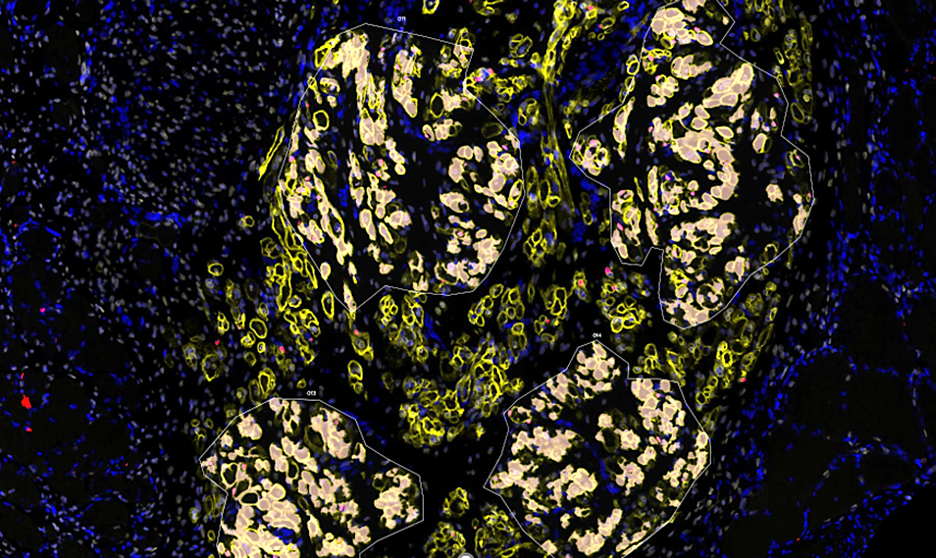Study reveals surprising link between malnutrition and rising antibiotic resistance
University of British ColumbiaUniversity of B.C. researchers have uncovered startling connections between micronutrient deficiencies and the composition of gut microbiomes in early life that could help explain why resistance to antibiotics has been rising across the globe.

























